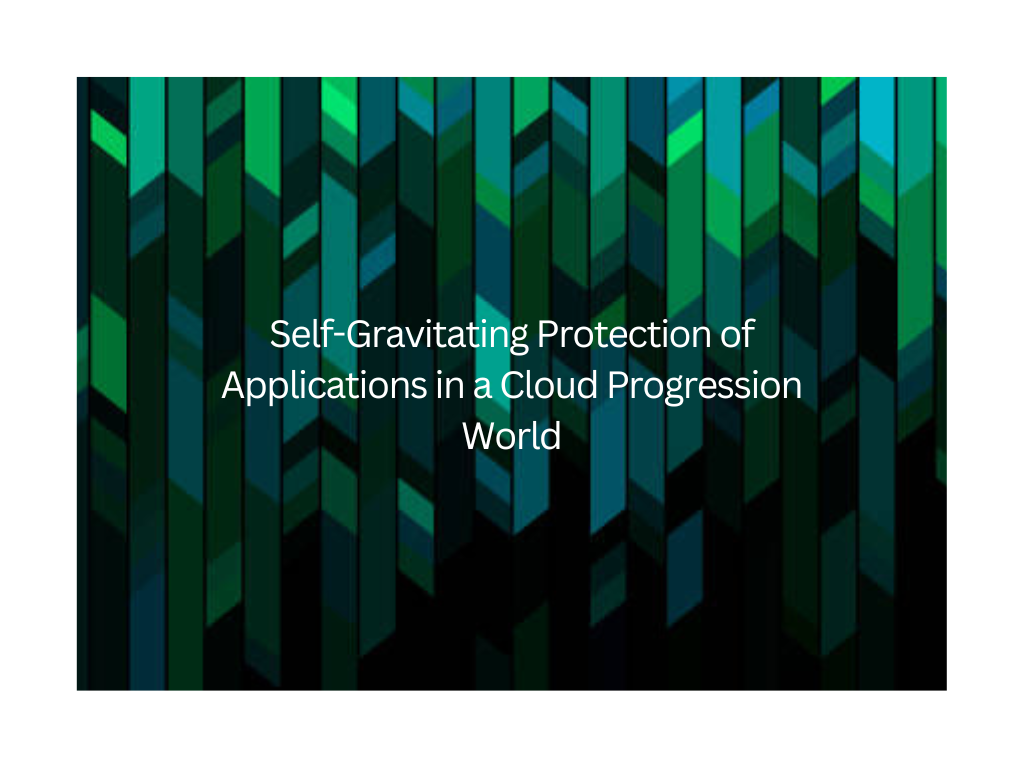The increase in cloud adoption is driving the need for nimble-footed application security. According to various reports, 80% of web applications now run in cloud environments, while 70% of organizations have stimulated their plans to migrate to the cloud in the past three years.
Most organizations are dealing with or are planning to adopt hybrid environments – where their applications are positioned across public clouds, private clouds, and even physical data centers. Based on multiple reports, 48% of organizations that locate applications in the cloud do so over more than one cloud environment. Nonetheless, cloud migration and application deployment are vigorous processes traversing over years – hybrid environments are never really unchanged. Securing hybrid environments is a growing challenge because new applications are all the time being created, and old applications are streamlined or going through a “lift and shift” to the cloud.
The Challenges of Securing Hybrid Environments
Unfolding threat vectors: Hackers constantly improve their techniques, thinking of new ways to attack organizations and circumvent existing protections. This uncovers applications to new attacks, which cannot be remediated with traditional or existing defences.
Comprehensive threat surfaces: In the past, organizations had direct control over the application’s back-end infrastructure, leaving only the customer-facing side of the application exposed externally. However, in a cloud environment, both the application surface and the application infrastructure are revealed. Signifying both of them must be protected at all costs.
Light-Footed software development and DevOps culture: In many cases, the main driver of migration to cloud environments is the desire for more agility and flexibility in application development. Repercussions of the same are, much more attention is usually given to fast deployment in cloud environments, leaving security as a second priority. In other words, applications hosted in the cloud regularly change but must be secured in a frictionless manner that will not become an obstacle to agility.
Multi-cloud deployments: Eventually, many organizations rely on not just a single cloud environment, but several such environments in the buckboard, further entangling the task of cloud security, as organizations are now required to protect their assets with a continuous level of security – multiple cloud platforms, each with its capabilities, APIs, management, and reporting.
Possession by non-security stakeholders: Although security staff is commonly tasked with protecting cloud environments, they frequently have no authority over the choice or management of cloud environments. According to various research conducted, 82% of organizations cited their decisions about cloud platforms are made by stakeholders other than security staff.
What all is Needed for Self-Gravitating Security
The full-fledged strategy for security must start with visibility, control, and address application security holistically, and consistently, regardless of where their applications are hosted and where they move.
With this many fast-moving parts – it is a task that requires more than security experts. Manpower and skilled expertise alone cannot fully address this challenge. For a sound security strategy in a fast-changing environment, you need application protection that is the following:
1. Comprehensive: Provides pervasive protection which covers all the censorious threat vectors for application security.
2. Automated: Self-operating protection, which arms your teams with advanced algorithms to focus them on real threats and offload manual tasks that can be automated.
3. Frictionless: Non-segregated as much as possible with the development cycle and does not interfere with business processes. It needs to be interchangeable in order to change it with the frequent changes to applications and the underlying deployment platform. Frictionless also signifies that the security applied is sceptic to the cloud environment and can be maintained throughout the cloud motion regardless of the pace of migration and the final destination cloud of the app.
4. Consistent: Uniform, state-of-the-art security for all apps everywhere. This enables the same level of holistic protection agnostic to where the apps are private or public clouds.
5. Trustworthy: Always partner with those who are able enough to take full responsibility and support you with the security expertise to implement your strategy.




